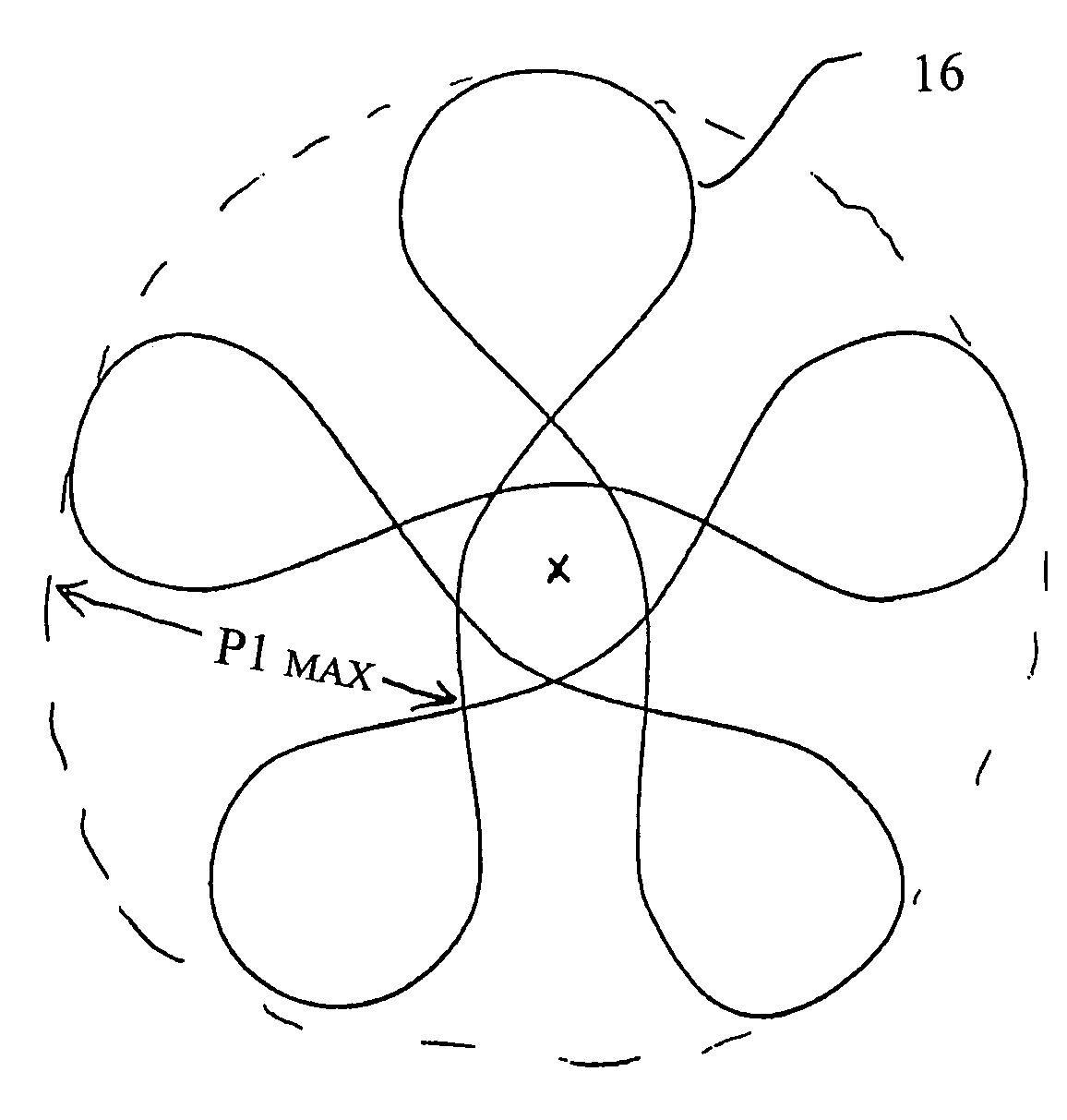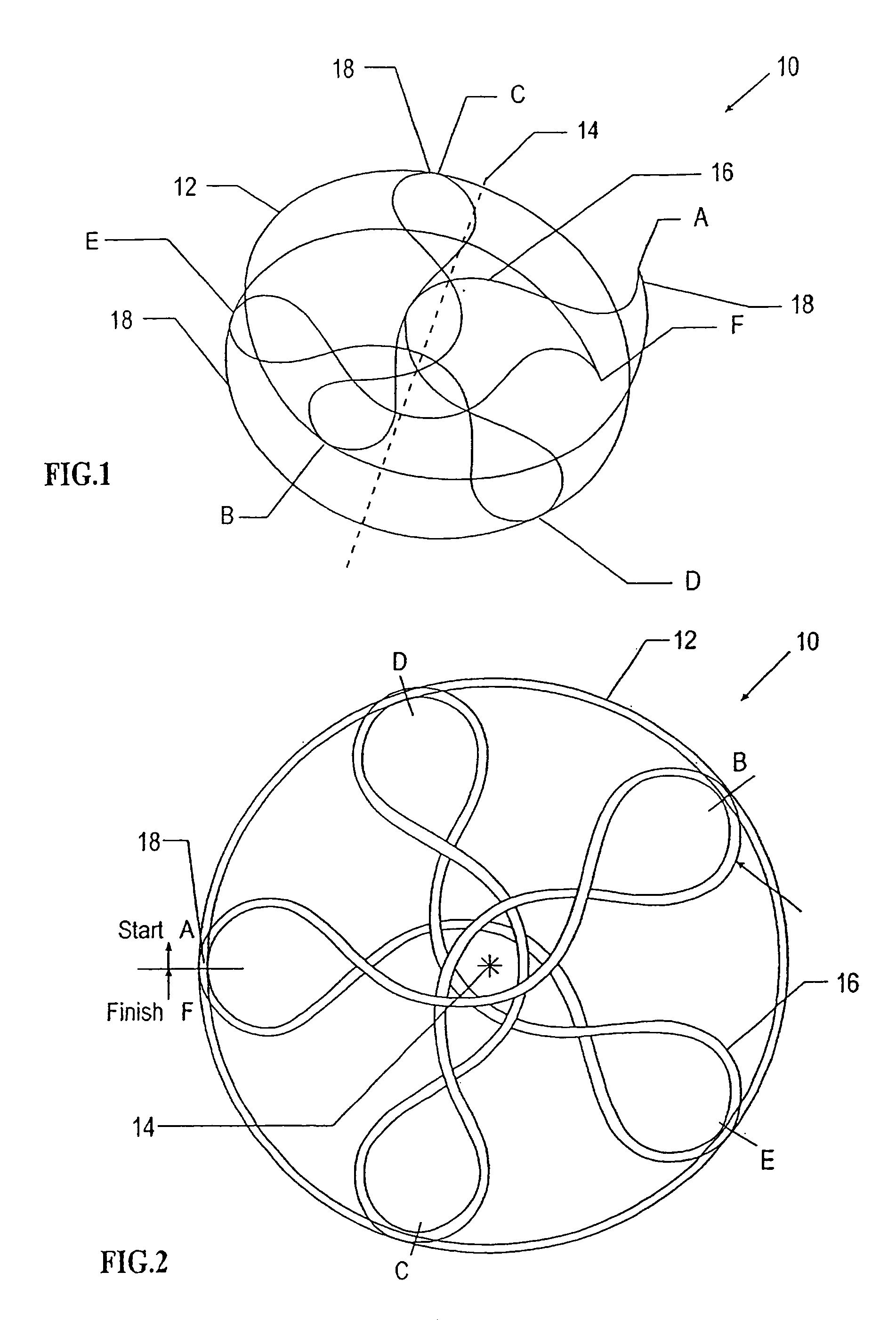Intravascular filter
a filter and intravascular technology, applied in the field of intravascular filters, can solve the problems of reducing the effective filtering capacity of the device, significant image artifacts of the bird's nest filter, and significant artifacts of the abdominal mri, so as to facilitate minimally invasive retrieval, and facilitate minimally invasive deployment.
- Summary
- Abstract
- Description
- Claims
- Application Information
AI Technical Summary
Benefits of technology
Problems solved by technology
Method used
Image
Examples
Embodiment Construction
[0078]The present invention is an intravascular filter for minimally invasive deployment within a blood vessel so as to obstruct the passage of particles of dimensions greater than a predefined value through the blood vessel.
[0079]The principles and operation of intravascular filters according to the present invention may be better understood with reference to the drawings and the accompanying description.
[0080]Referring now to the drawings, FIGS. 1–5 show an intravascular filter, generally designated 10, constructed and operative according to the teachings of the present invention, for minimally invasive deployment within a blood vessel so as to obstruct the passage of particles of dimensions greater than a predefined value through the blood vessel.
[0081]In general terms, intravascular filter 10 includes at least one elongated support member 12 (hereafter “first member 12”) configured to assume a predefined retention configuration, preferably of substantially helical form (FIGS. 1 ...
PUM
 Login to View More
Login to View More Abstract
Description
Claims
Application Information
 Login to View More
Login to View More - R&D
- Intellectual Property
- Life Sciences
- Materials
- Tech Scout
- Unparalleled Data Quality
- Higher Quality Content
- 60% Fewer Hallucinations
Browse by: Latest US Patents, China's latest patents, Technical Efficacy Thesaurus, Application Domain, Technology Topic, Popular Technical Reports.
© 2025 PatSnap. All rights reserved.Legal|Privacy policy|Modern Slavery Act Transparency Statement|Sitemap|About US| Contact US: help@patsnap.com



